Diamond Education
A Brilliantly Simple Guide
Think of this as the CliffsNotes for the “Big Book of Everything Diamond.” You don’t need to be a gemologist to follow along! We’ll give you the highlights, explain the terminology, and a diamond education. Of course, we absolutely adore diamonds and we’d be happy to share an encyclopedia’s worth of information, but instead we’ll provide a little guidance, some important tips and the most important facts.
Diamonds are fascinating and buying one should be exciting and fun. So let’s start at the beginning.
First Things First.
You’ve found the love of your life. You’re ready to make the leap. Chances are this is your first diamond. And the first step to take is to figure out the perfect diamond shape.
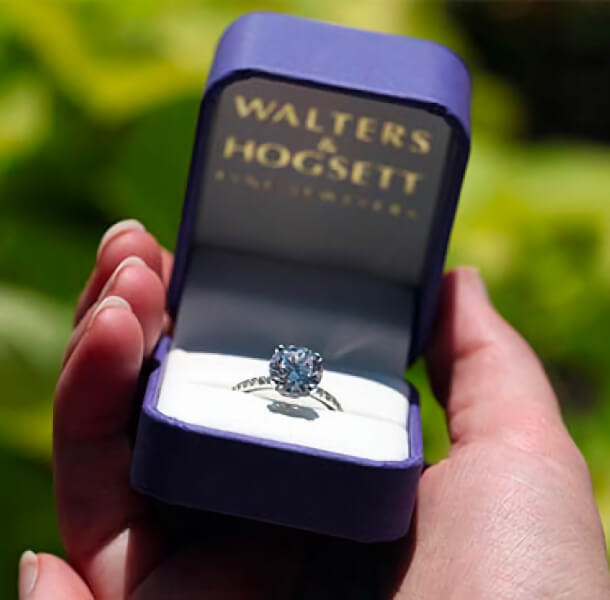
SHAPE makes a difference.
Did you know that the shape you choose for your center diamond has an impact on how your ring looks and feels? Consider the benefits of each of these shapes when you’re choosing.
ROUND BRILLIANT

The most popular; cut for maximum brilliance.
PRINCESS CUT

The most popular fancy-cut; has a great deal of sparkle.
OVAL

A modified brilliant-cut with similar fire; elongated shape creates the illusion of greater size.
CUSHION

A square cut with rounded corners, much like a pillow; arguably giving the most sparkle.
ASSCHER CUT

An elegant square shape with blocked corners that make diamonds appear octagonal.
EMERALD

Rectangular with parallel facets and blocked corners; produces a hall-of-mirrors effect.
MARQUISE

An elongated shape with tapering points at both ends; flatters the finger.
PEAR

Teardrop-shaped, with a great deal of sparkle.
RADIANT CUT

A combination of the emerald cut and the round brilliant; typically with blocked corners.
HEART

A sentimental cut that is sometimes hard to find.
Beyond The Four C’s.
Understanding the first four C’s is helpful when selecting a diamond, but it doesn’t make you an expert, and it won’t help you distinguish the difference between two diamonds of similar quality. That takes formal training. That’s why it’s important to know your jeweler. The staff members of Walters & Hogsett are trained professionals who know diamond education. Many of us are graduates of the Gemological Institute of America. We are your diamond experts—and the first place to consider when you’re looking for that important fifth C…Confidence.
That said, here’s a crash course in diamond education, in the order we believe is most important.
Cut
Ever wonder what gives a diamond its brilliance and sparkle? Cut, and the proportions of that diamond, have the biggest impact on your diamond’s appearance and quality. If you are looking for that brilliance, it’s the cut that matters. At Walters & Hogsett, we believe you invest in an exceptional cut first and foremost – if brilliance is important to you. We’re not saying that carat, clarity and color are unimportant, but sacrificing the brilliance for a larger diamond, or one that has glaring eye visible characteristics, is often not the best strategy.
What do we consider to be important? A diamond cut with the most exacting proportions for its shape. Think of it like this: The bottom of the diamond has facets, and those facets act like mirrors. When the facets are cut at the proper angle, light enters through the top of the diamond, bounces off the mirrors, and returns to your eye in a full spectrum of color. The opposite is true for a poorly cut diamond with incongruous proportions. It will allow light to escape out the bottom and sides, resulting in a dull, dark appearance.
And finally, an exceptional cut will also increase your diamond’s value. We guess you can say, making it a cut above the rest!
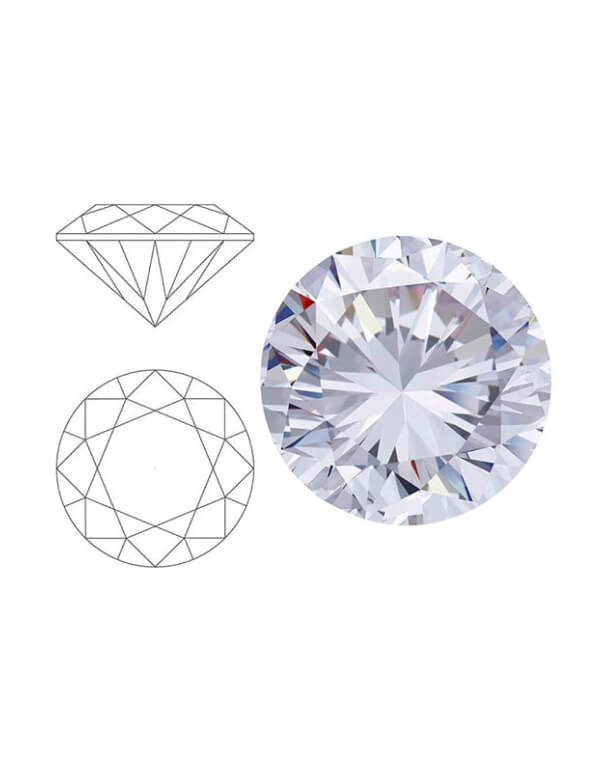
Color
A big misconception is that white diamonds are not all colorless. The spectrum ranges from light yellow to totally colorless. The Gemological Institute of America (GIA) created a lettering system from D to Z, which is used to identify the amount of color present in each diamond with D awarded only to rare, totally colorless diamonds. Colorless diamonds however, can be graded D, E or F. A near colorless diamond can be rated G, H, I or J. Your value increases the more colorless the diamond actually is.
Learn more here!
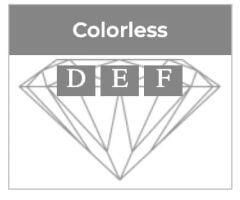
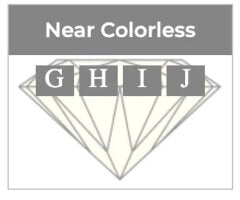
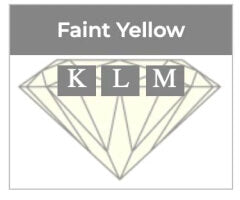
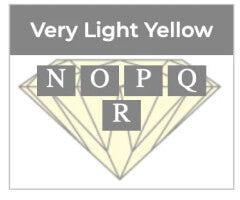
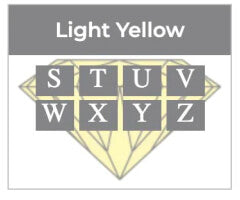
Clarity
Natural diamonds are formed by tremendous heat and pressure deep within the earth. This process can result in “inclusions” and “blemishes”. These are simply fancy words for imperfections. No diamond is perfect, that’s important to understand. Along with the interesting fact that no two are alike! The closer a diamond comes to perfection, the higher the value. An inclusion is often difficult to see to the naked eye and seldom affects the beauty of the diamond. However, it does affect the price!
See the complete GIA clarity scale here.
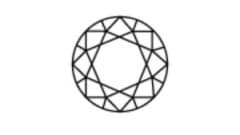
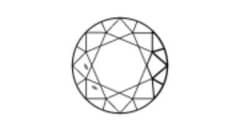
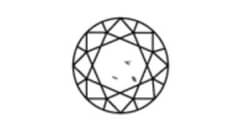
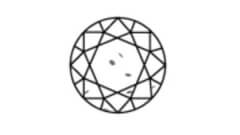
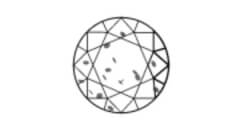
Carat
Carat, or the size of the diamond, typically plays an important part of your decision. And, just because we put it last, it may be one of the 4C’s that comes right after cut for you! Think of it as a dollar which can also be 100 pennies. A 50-point diamond weighs 0.50 carats. However, the weight can provide you a different value based on the other 3 C’s. It gets a little confusing. And, that’s why we are ready to talk you through the process. A fraction of a carat can also mean a difference in cost, which is why this can play such an important part of your buying decision.
You can dig a little deeper into the subject here.
Now go pick out the perfect diamond!
When you find one (or a few) that you think you love: Call us. Visit us. Or email us to set an appointment. We’re excited to help you with the process!



